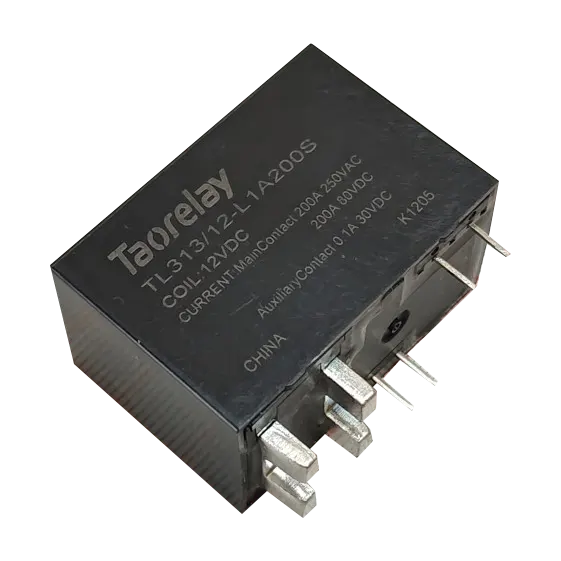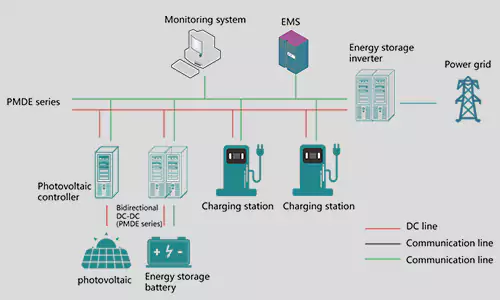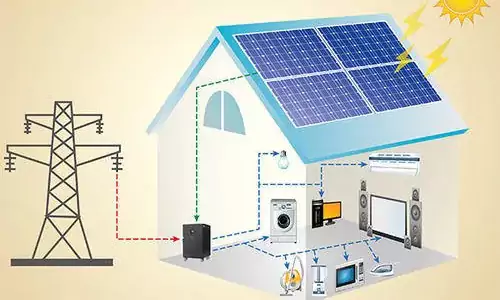1. Efficient Energy Conversion
- Photovoltaic (PV) Efficiency: Enhance the photoelectric conversion efficiency of solar panels using advanced materials like perovskite or PERC cells.
- Inverter Efficiency: Minimize energy loss during DC-to-AC conversion with high-efficiency inverters.
- Energy Coupling: Optimize energy flow between solar generation and storage devices to reduce conversion losses.
2. Energy Storage Device Performance
- High Energy Density: Develop high-density storage technologies such as lithium-ion, solid-state, or sodium-ion batteries.
- Long Cycle Life: Ensure a long lifespan for storage systems to reduce replacement frequency and lower lifecycle costs.
- Fast Charging/Discharging: Support high power output to meet peak demand efficiently.
- Safety: Design storage systems with fireproofing, explosion-proofing, and overheat protection.
3. Intelligent Control and Management
- Battery Management System (BMS): Monitor voltage, current, temperature, and state-of-health in real-time to optimize charging/discharging and extend battery life.
- Energy Management System (EMS): Dynamically optimize the coordination between solar power generation, storage, and loads for maximum efficiency.
- Forecasting and Scheduling: Leverage weather forecasting and user behavior data to optimize energy generation and storage scheduling.
- Grid Integration: Ensure seamless interaction with the grid, meeting frequency and voltage regulation requirements.
4. Economic and Modular Design
- Low-Cost Materials and Manufacturing: Use affordable and efficient materials to lower the construction cost of storage systems.
- Modular Design: Allow flexible expansion to accommodate varying scales of solar energy storage needs.
5. Environmental Adaptability
- Temperature Resilience: Design storage systems to operate effectively under extreme temperatures (both high and low).
- Corrosion Resistance: Ensure durability in high-humidity or coastal environments through anti-corrosion materials and designs.
6. Compliance with Policies and Standards
- Industry Standards: Meet technical norms such as safety certifications (e.g., UL, IEC) and efficiency benchmarks.
- Policy Support and Incentives: Align with renewable energy policies and leverage available subsidies to enhance economic viability.
By addressing these technical requirements, solar energy storage systems can become more efficient, cost-effective, and sustainable, playing a crucial role in the transition to renewable energy and achieving low-carbon development goals.








